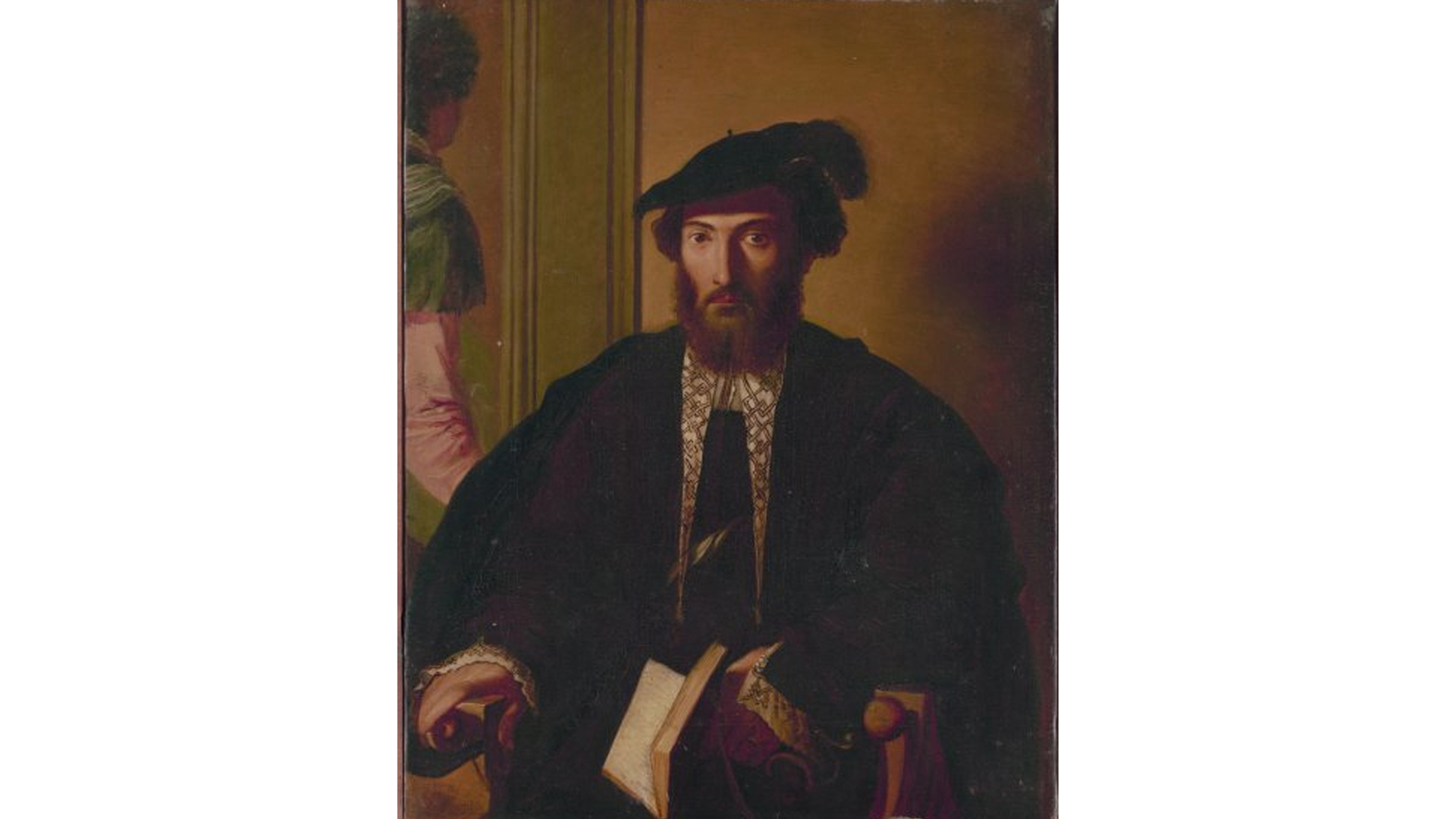Amerigo Vespucci was an Italian merchant and explorer who was a major player during the early voyages to the “New World” in the late 15th century. While Christopher Columbus is primarily remembered as the man who “discovered the Americas,” it was actually Vespucci who correctly assumed that the land was a new continent – Columbus always believed that he had come across Asia. March 9 marks Amerigo Vespucci Day, a day dedicated to the man whose name ended up being the moniker for the North and South American continents.
EARLY LIFE
Vespucci was born on March 9, sometime around 1454, in Florence to a prominent family. His father, Nastagio Vespucci, was a notary in the Florence government. Vespucci received a stellar education, propelled by his uncle Giorgio Antonion, that resulted in him becoming fluent in several languages and well versed in cartography, astronomy, and navigation techniques.
According to the Mariner’s Museum and Park’s website, Vespucci was introduced to Columbus before Columbus’ first voyage in 1492. He helped the explorer secure ships, cannons, and food supplies for his trip.

VOYAGES AND LEGACY
By 1499, the king and queen of Spain, frustrated with the lack of riches Columbus had promised them on his three voyages, asked Vespucci to head a trip westward. A fleet of ships was sent to Hispaniola, modern day Dominican Republic and Haiti, and further south to explore new areas in hopes of stumbling upon natural riches. Vespucci was asked to be the voyage’s pilot, according to the Mariner’s Museum and Park website. He returned to Spain in 1500, and in a letter to a friend, relayed the voyage’s details including the interactions he had with the indigenous populations and the geography of the places he came across. He also described a very large body of water that we know today as the Amazon River.
A year later in 1501, he was sent on another voyage on behalf of the Portuguese kingdom, which was trying to find a route to India, a place widely believed to hold until riches. According to the Mariner’s Museum and Park website, Vespucci’s fleet sailed down Brazil and Argentina’s coast, where he mapped constellations he had never seen in Europe. In 1503, the king of Portugal once again asked him to find another route to India, a voyage that was Vespucci’s last. Throughout his three voyages, Vespucci kept detailed records and letters of his discoveries, including geographic and astronomical observations of the places he had explored.

In 1507, German cartographer Martin Waldseemüller created a new map based on Vespucci’s records, suggesting that the area he had explored be named “ab Americo Inventore…quasi Americi terram sive Americam,” meaning “from Amerigo the discover…as if it were the land of Americus or America.” It marked the first time the word America appeared in print, even though the name initially only applied to South America. Waldseemüller’s map consisted of two hemispheres: the hemisphere illustrating the Old World featured a picture of Roman geographer and astronomer Claudius Ptolemy; and the hemisphere of the New World had as its image Vespucci, according to Brittanica.
Vespucci is known throughout history not only for realizing that the area he spent three voyages exploring was a previously unknown continent. He is also credited for being one of the first Europeans to have explored the mouth of the Amazon river and for developing an enterprising method for determining longitude, according to the Mariner’s Museum and Park website. His legacy reverberates through history and lives on in the names of the continents of North and South America.
Asia London Palomba
Asia London Palomba is a trilingual freelance journalist from Rome, Italy. In the past, her work on culture, travel, and history has been published in The Boston Globe, Atlas Obscura, The Christian Science Monitor, and Grub Street, New York Magazine's food section. In her free time, Asia enjoys traveling home to Italy to spend time with family and friends, drinking Hugo Spritzes, and making her nonna's homemade cavatelli.

